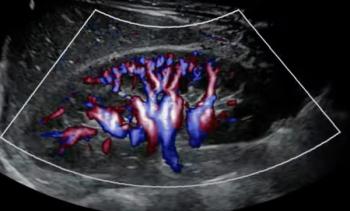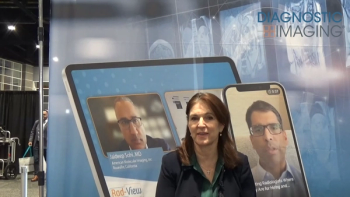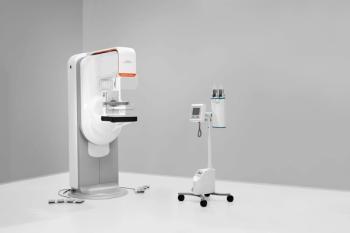
PACS path leads through process improvement
After too many episodes of installing disappointing IT solutions, Cincinnati Children's Hospital Medical Center decided to modify its approach before proceeding with PACS implementation. Hospital and radiology leadership believed jumping into vendor
After too many episodes of installing disappointing IT solutions, Cincinnati Children's Hospital Medical Center decided to modify its approach before proceeding with PACS implementation.
Hospital and radiology leadership believed jumping into vendor selection without first reinventing workflow would be ill advised. Instead, they launched a process team with an 18-month charter.
"The hospital had thrown enough money at systems that didn't work," said Dr. Neil D. Johnson, chief medical advisor to CCHMC's Clinical Information Systems. "So it instituted a process improvement study requirement before it would approve any new IT systems."
The primary goal of the process team was to determine how to reduce the average time between imaging study and report signoff. The team was composed of a physician leader, nurses, technologists, file room specialists, schedulers, and IT support staff.
The department engaged Dykstra Consulting Group of Chicago, which initiated a three-phase process. The first phase was to map current workflow. Outside help was advisable since no one on the inside fully understood radiology workflow.
"Everybody from radiology thought they knew how the department worked," Johnson said. "But when we mapped it, we realized none of us had the complete picture."
The chief technician, for example, knew how the tech schedules worked but didn't know how registration worked.
Another revelation was data repetition. The study revealed a number of places data were stored redundantly within the department.
"Patient name and address were registered once at the front desk," Johnson said. "Then at ultrasound, patients would be asked the same questions."
Phase two - designing the ideal radiology department - was easier.
"If everything worked properly, how would the data flow?" he said.
Reconciliation came in phase three, planning PACS implementation to get there from here.
"Process improvement helped generate the business case for PACS," Johnson said.
Because the team, which also became the PACS implementation team, was together 18 months, installation was easier. Everyone knew how the department worked and how PACS would resolve issues like signoff and data redundancy identified as current workflow problems.
"The synergistic effect of having the same team involved in both aspects of implementation led to at least a doubling of benefit to the department as evidenced in the measurements taken before and after the process implementation," said Jerome Dykstra, principal of Dykstra Consulting.
Thanks to PACS and process improvement, reports are now available within an hour of exam between 7 am and 11 pm seven days a week, Johnson said.
Newsletter
Stay at the forefront of radiology with the Diagnostic Imaging newsletter, delivering the latest news, clinical insights, and imaging advancements for today’s radiologists.




























